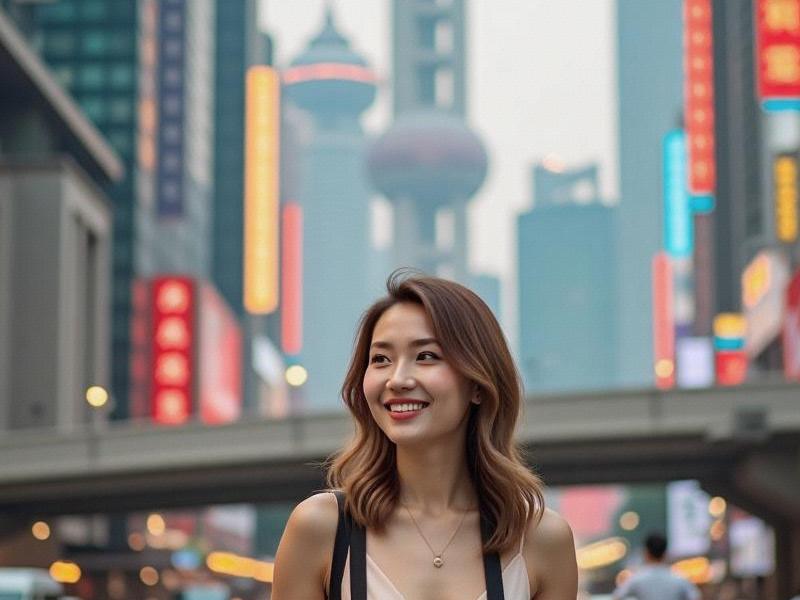Shanghai Beauty Paradox: How China's Most Cosmopolitan Women Redefine Femininity
⏱ 2025-06-19 00:28 🔖 上海神女网
📢0℃

Section 1: Historical Roots of Shanghai Femininity
- 1930s "Paris of the East" legacy (qipao hairstyles, eyebrow trends)
- Socialist era uniformity (blue-gray Mao suits dominance)
- Post-reform explosion (1990s beauty pageant controversies)
- Digital age transformation (live-streaming beauty standards)
Section 2: The Shanghai Beauty Economy
- ¥380 billion annual market size (2025 est.)
- 47% premium cosmetics market penetration
- "Glass skin" obsession driving K-beauty imports
- Cosmetic surgery trends: subtle nose jobs over dramatic alterations
夜上海419论坛
Section 3: Fashion Microclimates
- Nanjing Road luxury hunters vs. Anfu Road indie stylists
- Local designers like Uma Wang gaining global recognition
- Sustainable fashion movement in Jing'an district
- Digital wardrobe apps adoption (73% among women 18-35)
Section 4: Workplace Aesthetics
- Corporate beauty standards survey results
- Makeup-free movement in tech startups
上海龙凤419足疗按摩 - Executive fashion dilemmas (power dressing localizations)
- Ageism challenges in service industries
Section 5: Cultural Contradictions
- Feminist ideals vs. parental matchmaking pressures
- Body positivity movement's slow adoption
- Traditional "fair skin" preference persisting
- Male gaze vs. female empowerment in media
Case Studies:
上海花千坊龙凤 1. Zhang Yuhan (29): Fintech VP by day, vintage qipao collector by night
2. Olivia Wang: AI skin diagnostics startup founder
3. Madame Zhu (62): Last qipao seamstress in Tianzifang
Expert Insight:
"Shanghai women have created a third-way femininity," observes Dr. Li Xiaowei of Fudan University. "They reject both Western feminism's individualism and traditional Chinese collectivism, instead crafting a pragmatic, cosmopolitan identity that's uniquely Shanghainese."
Statistical Appendix:
- 68% feel appearance impacts career (2025 survey)
- Beauty spending: ¥3,200/month average (25-35 demographic)
- 54% believe standards have diversified since 2020
- 39% of luxury CEOs in Shanghai are female
《梧桐深处:解码上海的城市文化基因》弄堂里的上海心跳:从石库门到城市更新的千年烟火密码Shanghai's Beauty Revolution: How Local Women Are Redefining Chinese AestheticsShanghai After Dark: The Metamorphosis of China's Premier Entertainment DestinationShanghai Women: The Epitome of Modern Chinese FemininityThe Shanghai Modern: How China's Cosmopolitan Women Are Rewriting the Rules石库门密码:解码上海市民精神进化史Exploring Shanghai's Entertainment Venues: A Guide to the City's Vibrant Nightlife and Cultural SceneSilicon Bund: How Shanghai Became the Neural Network of AsiaThe Velvet Revolution: How Shanghai's Nightlife Industry Went Upscale

